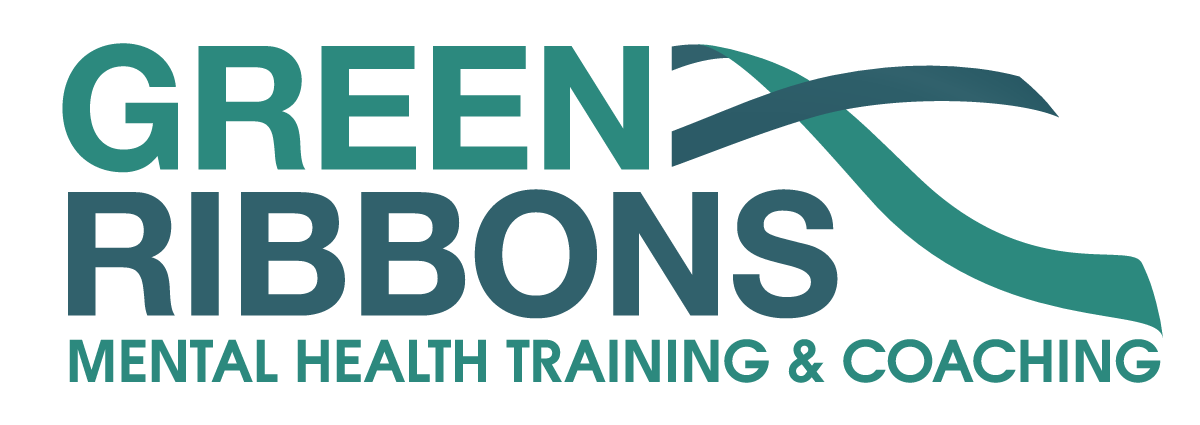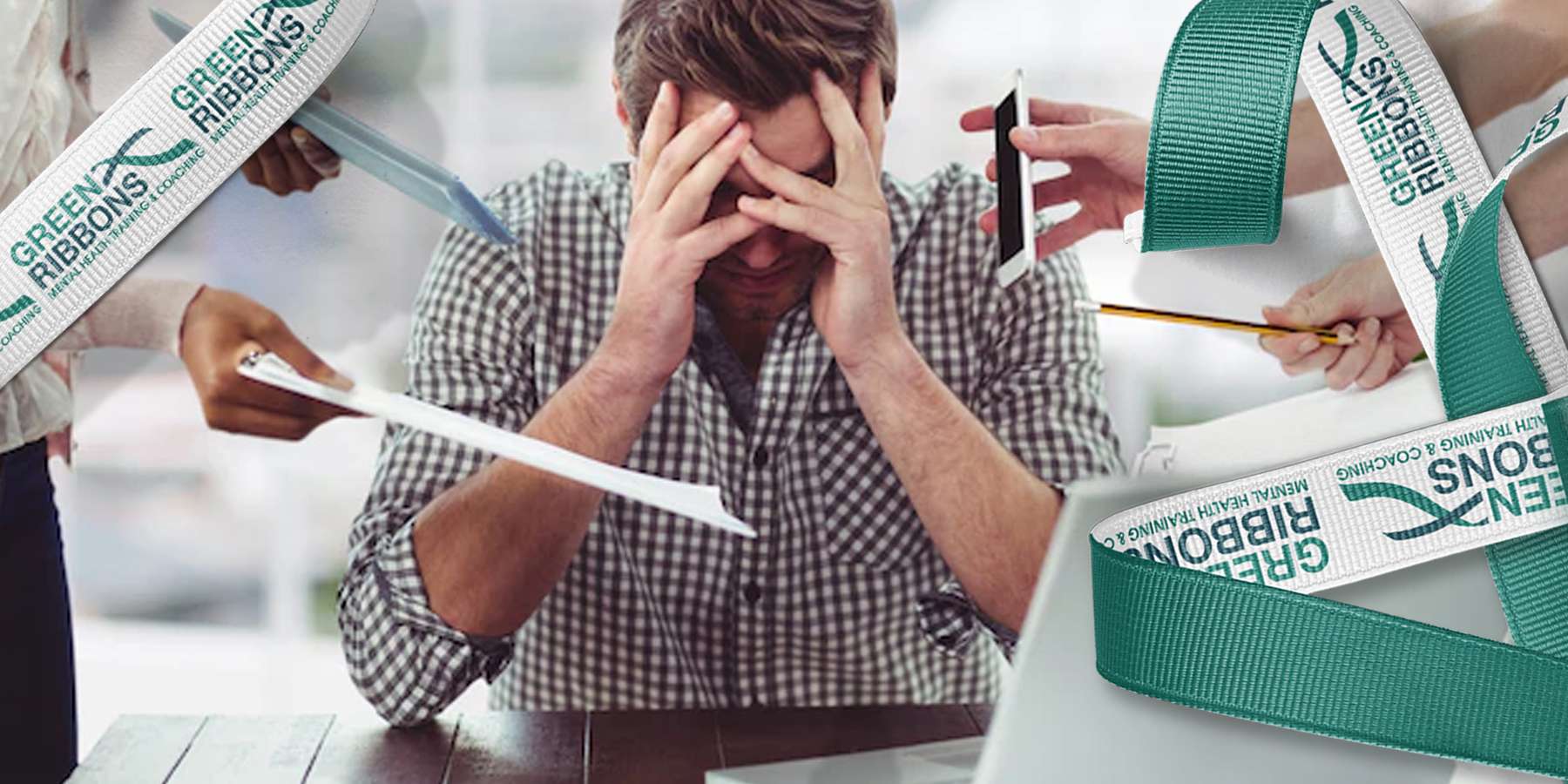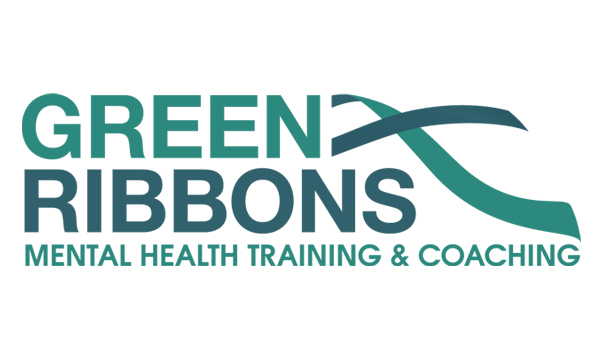Introduction
We are constantly bombarded with information, notifications, and various demands for our attention. Social media and technology have become an integral part of our daily lives, offering us unprecedented opportunities for connection, communication, and creativity. But, as with most things in life, there is a flip side. The rise of social media and digital technology has also given rise to a new set of challenges and concerns surrounding mental health and wellbeing, particularly when it comes to anxiety.
In this blog post, we’ll explore the ways in which social media and technology can contribute to anxiety, drawing on research and anecdotal evidence to understand the complex relationship between our digital lives and mental wellbeing. We will also discuss practical strategies and tools for managing anxiety in the digital age, empowering ourselves and others to find balance and maintain mental health in a world increasingly defined by our online presence.
Social Media and Anxiety:
A Double-Edged Sword
On the surface, social media platforms can be a wonderful way to connect with friends, family, and even complete strangers who share our interests and passions. From sharing photos and experiences to engaging in lively discussions and debates, social media can foster a sense of belonging and help us forge meaningful connections in a world where geographical boundaries are becoming increasingly irrelevant.
But beneath the surface, there is a darker side to social media that can exacerbate anxiety and other mental health issues. The constant stream of updates, comments, and notifications can be overwhelming, leading to feelings of FOMO (Fear of Missing Out) and the sense that we are always ‘on’ and need to be available to others.
Moreover, the curated nature of social media feeds, where individuals often present an idealised version of their lives, can lead to social comparison and feelings of inadequacy, envy, and low self-esteem. We may find ourselves questioning why our lives don’t seem as exciting or perfect as those of our friends and followers, and this constant pressure to measure up can exacerbate existing anxieties and create new ones.
The Role of Technology in Anxiety
While social media is often the focus of discussions around anxiety in the digital age, other aspects of technology can also contribute to feelings of stress and unease. The ubiquity of smartphones and other devices means that we are constantly connected, making it difficult to switch off and find moments of peace and solitude.
Moreover, our reliance on technology can create new anxieties around the fear of being disconnected, whether due to battery life, lack of signal, or even the dreaded ‘phantom vibration syndrome’, where individuals believe they have received a notification when they have not.
The constant barrage of news and information can lead to a state of ‘information overload’, where we struggle to process and make sense of the vast amount of data at our fingertips. This can lead to feelings of overwhelm, confusion, and helplessness, contributing to a heightened sense of anxiety and unease.
Finding Balance: Strategies for Managing Anxiety in the Digital Age
The challenges and anxieties associated with social media and technology may seem daunting, but there are practical steps we can take to manage our digital lives and maintain mental wellbeing. Here are some suggestions:
- Set Boundaries: Create designated times and spaces for technology use, and make a conscious effort to switch off and disconnect outside of these windows. This might mean setting aside specific times for checking social media, establishing device-free zones in your home, or even implementing a ‘digital detox’ day or weekend.
- Be Mindful of Social Comparison: Remember that social media often presents a curated, idealised version of reality. Remind yourself that comparing yourself to others’ highlight reels can be counterproductive and recognise the value and uniqueness of your own life and experiences. It may be helpful to take a step back and ask yourself if you are making fair comparisons or if you are simply focusing on the aspects of others’ lives that seem better than your own.
- Prioritise Self-Care: Make a conscious effort to engage in activities that promote relaxation, stress reduction, and overall mental wellbeing. This might include mindfulness practices such as meditation or yoga, regular exercise, spending time in nature, or connecting with loved ones in person or via phone or video call.
- Cultivate a Healthy Relationship with News and Information: While it is important to stay informed, be mindful of how much time you spend consuming news and information, and consider whether this is contributing to feelings of anxiety and overwhelm. Limit your exposure to news and focus on reputable sources, and consider setting aside designated times for catching up on current events rather than allowing news updates to interrupt your day constantly.
- Seek Support: If you find that anxiety related to social media and technology is having a significant impact on your mental wellbeing, consider seeking professional help or talking to friends and family about your concerns. Remember that it is okay to ask for help and that you are not alone in facing these challenges.
- Foster Real-Life Connections: While social media can provide a valuable means of connection, it is essential to maintain and nurture face-to-face relationships. Schedule regular catch-ups with friends and family and make an effort to engage in activities that bring you together without the distraction of technology.
- Personalise Your Online Experience: Take control of your social media feeds by curating the content you consume. Unfollow accounts that contribute to feelings of anxiety or inadequacy, and focus on connecting with individuals and communities that inspire, uplift, and support you.
- Develop Healthy Online Habits: Just as we have routines for maintaining our physical health, it is essential to establish habits that support mental wellbeing in our digital lives. This might include incorporating regular ‘digital detox’ periods, setting app usage limits, or using tools and features designed to promote healthier online behaviour, such as ‘Do Not Disturb’ modes or notification management settings.
Every Silver Lining has a Cloud: Dealing with Grievance, Frustration and Anger on Social Media
Social media, in its essence, was designed as a tool to connect people, to bridge geographical distances, and to allow us to share snippets of our lives with friends and family. Yet, it has evolved into a platform where not only moments of joy and success are shared, but also grievances, arguments, and frustrations. This blend of positive and negative content creates a potent cocktail of emotions for those who consume it, often leading to heightened anxiety.
When we scroll through our feeds, we’re not just passive observers. Our brains are actively processing each piece of information we come across. When these posts are positive or neutral, they have little impact on our emotional state. However, when we encounter posts filled with anger, frustration, or controversy, our brains respond by releasing stress hormones like adrenaline and cortisol.
Over time, the continued exposure to such negativity can lead to a state of chronic stress or anxiety. This is because our brains aren’t equipped to handle a constant onslaught of stressors, even if they’re only digital. This chronic stress not only leaves us feeling emotionally drained but can also affect our physical health, leading to problems like insomnia, high blood pressure, and even a weakened immune system.
The effect is even more pronounced when these posts come from people we know personally. We’re more likely to care about the opinions and feelings of our friends and family, which means their posts have a greater impact on our emotional state. It’s not uncommon to feel upset or anxious when we see our loved ones embroiled in controversy or venting their frustrations online.
To combat this, it’s essential to set boundaries. You might consider limiting your time on social media, or creating a ‘safe space’ with accounts that only post positive or neutral content. It’s also important to remember that it’s okay to unfollow or mute accounts, even if they belong to people you know.
Lastly, consider reaching out to the person directly. A private conversation can often be more productive and less stressful than a public debate. Remember, it’s not your job to fix everyone’s problems. It’s enough to offer a listening ear or words of comfort.
Navigating social media in a way that protects your mental health isn’t easy, but it is possible.
Conclusion
The digital age has undoubtedly brought with it a myriad of benefits and opportunities for connection, communication, and creativity. However, it has also introduced new challenges and anxieties, as the constant stream of information, notifications, and social comparison can take a toll on our mental wellbeing.
By recognising the impact of social media and technology on anxiety, we can begin to develop strategies and habits that allow us to maintain balance and protect our mental health. By setting boundaries, prioritising self-care, and fostering real-life connections, we can navigate the complexities of the digital age with confidence and resilience.
Remember that mental health is a journey, and finding the right balance between our digital and offline lives will be different for everyone. Stay curious, compassionate, and open to learning, and you will continue to grow and adapt in the ever-evolving digital landscape.











